The Samsung Galaxy J5 Pro is a mid-range smartphone that aims to deliver a balanced experience for users who want solid performance without breaking the bank. Released in 2017, it sits comfortably in Samsung’s lineup as a device that offers decent specs, a reliable build, and the familiarity of Samsung’s software ecosystem. While it may not compete with flagship models, it holds its own in its price segment, particularly for those who prioritize battery life and a compact design.
Design-wise, the Galaxy J5 Pro follows Samsung’s classic aesthetic with a plastic body that feels sturdy in hand. The device measures 146.2 x 71.3 x 8 mm and weighs 160 grams, making it relatively lightweight and easy to handle. The back panel has a subtle matte finish that resists fingerprints, a small but appreciated detail for everyday use. The physical home button doubles as a fingerprint sensor, a feature that was still a rarity in this price range at the time of its release.
The display is a 5.2-inch Super AMOLED panel with a resolution of 720 x 1280 pixels. While it’s not the sharpest screen on the market, the AMOLED technology ensures vibrant colors and deep blacks, which enhance media consumption. Outdoor visibility is decent, though it can struggle under direct sunlight. For a mid-range device, the display is one of the J5 Pro’s stronger selling points, especially for those who enjoy watching videos or browsing photos.
Under the hood, the phone is powered by Samsung’s Exynos 7870 Octa-core processor, clocked at 1.6 GHz, paired with 2GB of RAM. This configuration handles day-to-day tasks like social media, light gaming, and multitasking reasonably well, though it can show its limitations with more demanding apps. Storage comes at 16GB, expandable via a microSD card slot, which is a lifesaver given the limited internal space. The 3000mAh battery is another highlight, easily lasting a full day with moderate use, and it supports fast charging, which is a nice touch for a budget-friendly device.
The camera setup is straightforward but effective. The rear camera is a 13MP sensor with an f/1.7 aperture, which performs well in good lighting conditions, capturing detailed and colorful shots. Low-light performance is predictably weaker, but the camera app includes a Pro mode for those who want to tweak settings manually. The 13MP front-facing camera is surprisingly capable, making the J5 Pro a decent choice for selfie enthusiasts. Both cameras support 1080p video recording, though stabilization is basic.
Software is where the J5 Pro shows its age. It launched with Android 7.0 Nougat and Samsung’s TouchWiz UI, which feels dated compared to modern iterations like One UI. While it’s functional, the interface can feel sluggish at times, and the lack of major Android updates is a downside for long-term users. That said, Samsung’s software does include useful features like Samsung Knox for security and a customizable Always-On Display.
Connectivity options include 4G LTE, Wi-Fi 802.11 b/g/n, Bluetooth 4.1, and a microUSB port (a reminder that USB-C wasn’t yet standard in this tier). The phone retains a 3.5mm headphone jack, a feature that’s increasingly rare in newer models. The single speaker is loud enough for casual use but lacks depth, so headphones are recommended for better audio quality.
In summary, the Samsung Galaxy J5 Pro is a competent mid-range phone that excels in battery life, display quality, and camera performance for its price. Its weaknesses—limited RAM, outdated software, and average low-light photography—are expected compromises. If you’re looking for a reliable secondary device or a budget-friendly primary phone, the J5 Pro is worth considering, though newer alternatives may offer better value.
Key Specifications:
Display: 5.2-inch Super AMOLED, 720 x 1280 pixels
Processor: Exynos 7870 Octa-core (1.6 GHz)
RAM: 2GB
Storage: 16GB (expandable via microSD)
Rear Camera: 13MP, f/1.7 aperture
Front Camera: 13MP
Battery: 3000mAh with fast charging
OS: Android 7.0 Nougat (TouchWiz UI)
Connectivity: 4G LTE, Wi-Fi 802.11 b/g/n, Bluetooth 4.1, microUSB
Dimensions: 146.2 x 71.3 x 8 mm, 160 grams
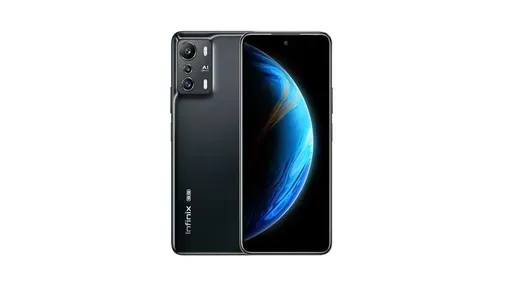
By /Jun 4, 2025
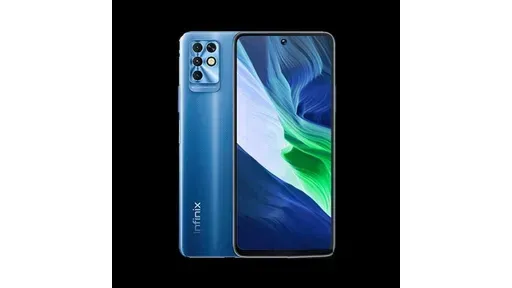
By /Jun 4, 2025
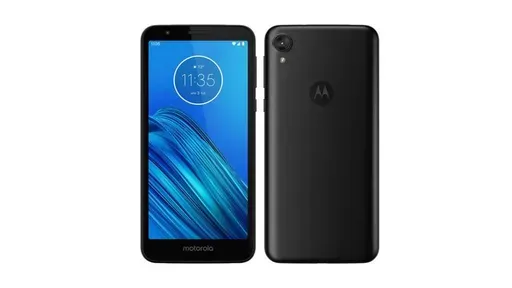
By /Jun 4, 2025

By /Jun 4, 2025

By /Jun 4, 2025
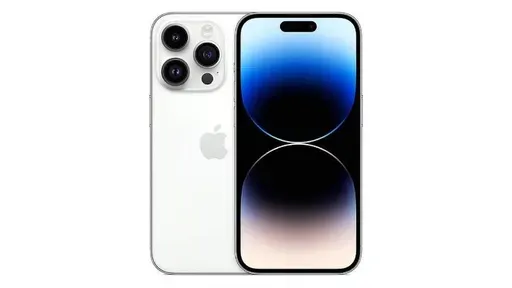
By /Jun 4, 2025

By /Jun 4, 2025
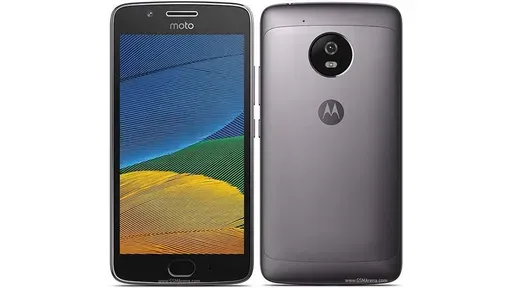
By /Jun 4, 2025

By /Jun 4, 2025
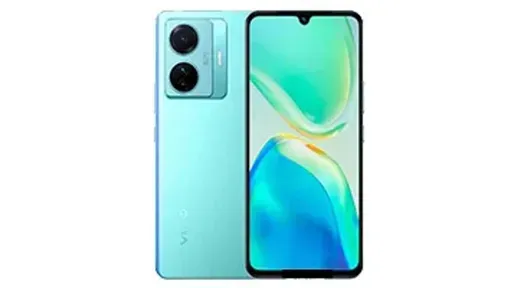
By /Jun 4, 2025

By /Jun 4, 2025
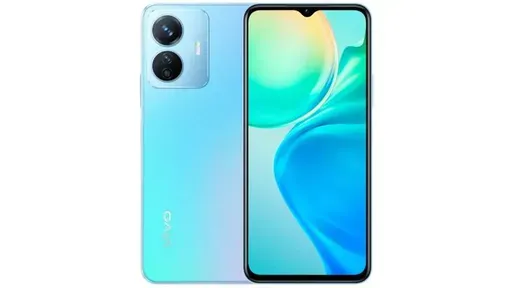
By /Jun 4, 2025
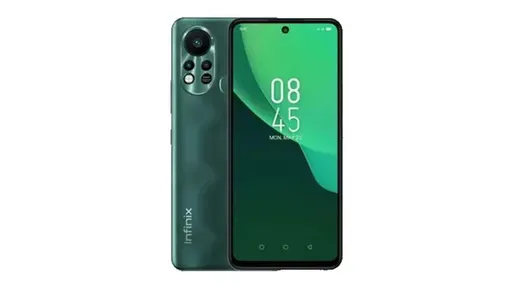
By /Jun 4, 2025
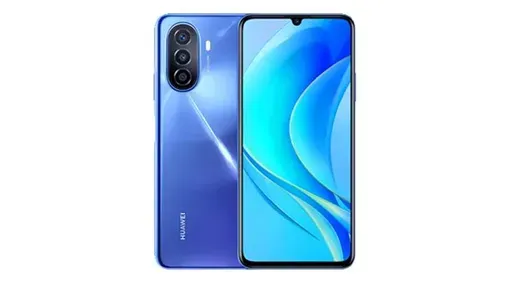
By /Jun 4, 2025

By /Jun 4, 2025

By /Jun 4, 2025
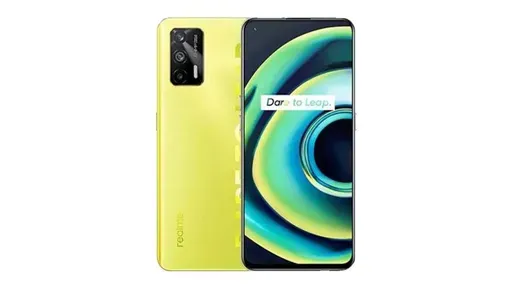
By /Jun 4, 2025
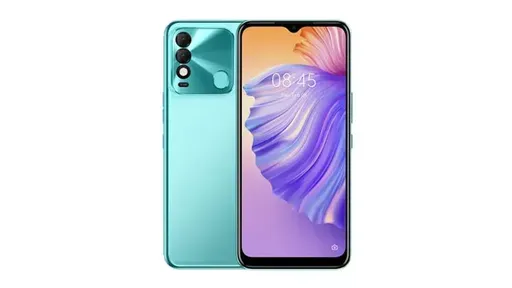
By /Jun 4, 2025
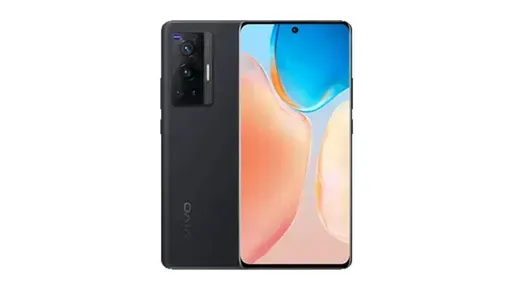
By /Jun 4, 2025
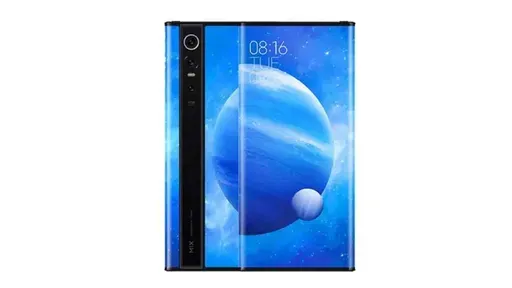
By /Jun 4, 2025
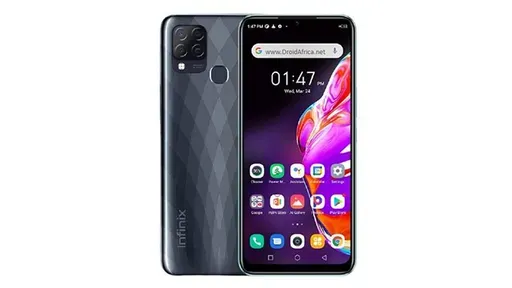
By /Jun 4, 2025
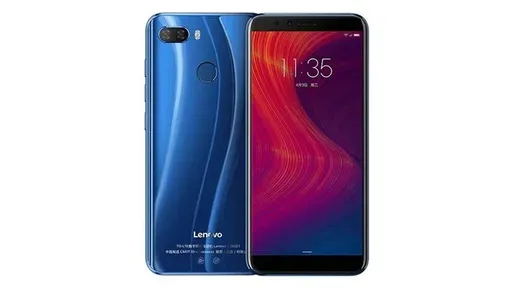
By /Jun 4, 2025
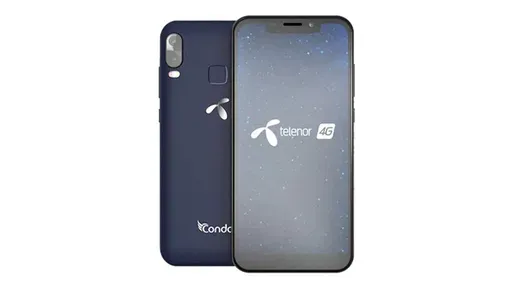
By /Jun 4, 2025
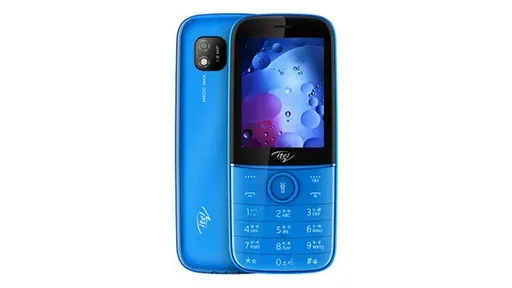
By /Jun 4, 2025

By /Jun 4, 2025
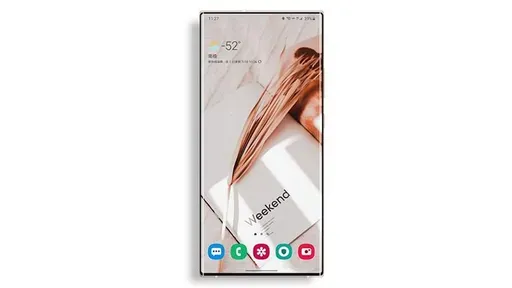
By /Jun 4, 2025

By /Jun 4, 2025

By /Jun 4, 2025
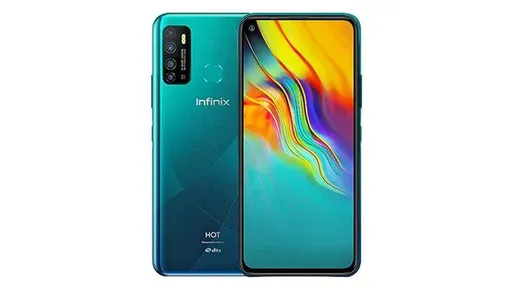
By /Jun 4, 2025

By /Jun 4, 2025
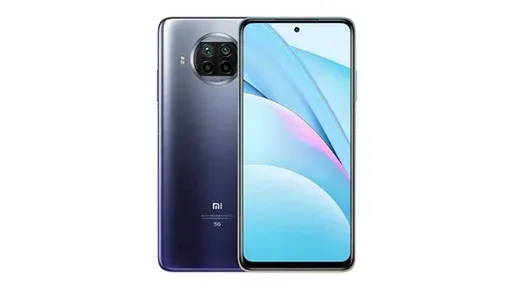
By /Jun 4, 2025
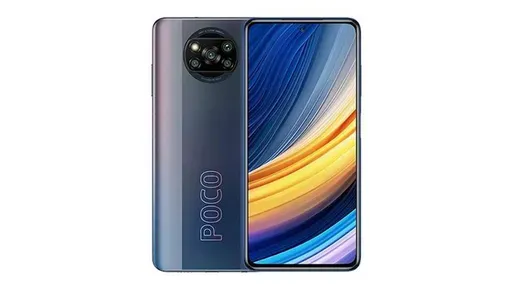
By /Jun 4, 2025
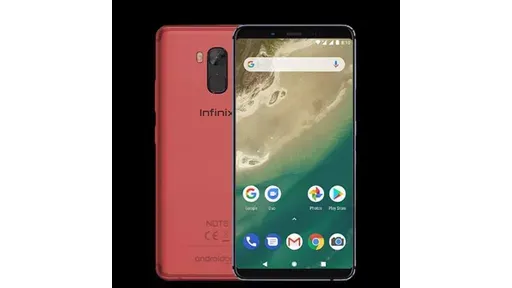
By /Jun 4, 2025
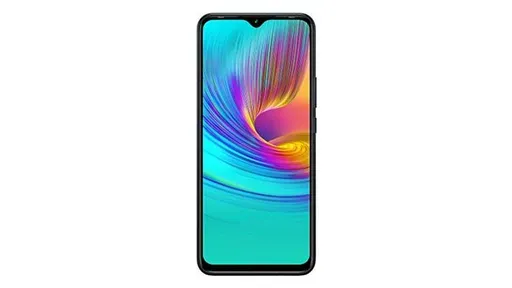
By /Jun 4, 2025
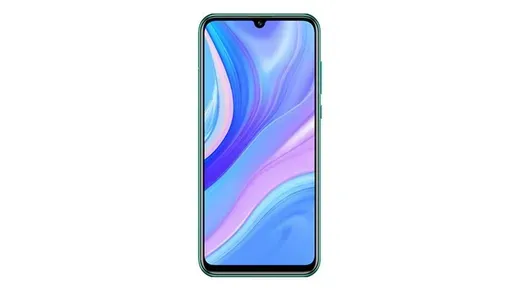
By /Jun 4, 2025